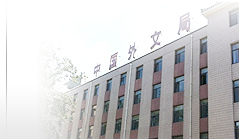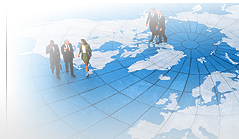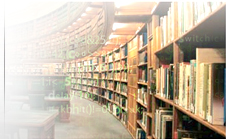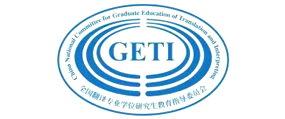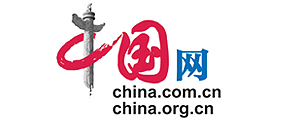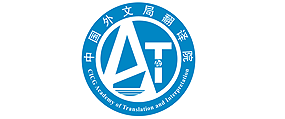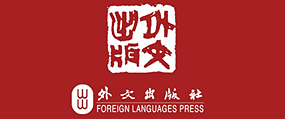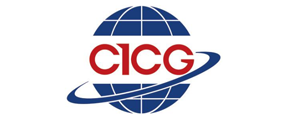前言:美国文学翻译协会(The American Literary Translators Association, ALTA)认为,随着文学翻译和翻译研究的发展,与学术晋升、终身职位和考绩提资相关的译者成果评估标准也经历了重要的再评估。过去,译者被视为文学作品传递过程中的隐身人,但随着翻译批评的出现以及翻译话语的发展,译者在文学界的地位也更加鲜明、重要了。同时,相关的各类学术项目也逐渐认识到了文学翻译作品在学术研究中的重要性。在评估晋级和终身职位申请时,文学创作和学术研究被视为有价值的学术活动。文学翻译可以看做是文学创作与学术研究的融合,因而出版的译著应被视为融创作与研究为一体的一种独特的作品。
————
附:原文全文
Translation and Academic Promotion and Tenure
As the fields of Literary Translation and Translation Studies have expanded over the past four decades, the criteria for evaluating the translator’s achievements in relation to academic promotion, tenure, and merit increases have undergone substantial reevaluation. Historically, the translator has been regarded as an invisible figure in the transmission of literary texts. However, the emergence of translation criticism and the development of a formal translation discourse have made the translator more visible and significant in the world of letters.
Increasingly, academic programs in language, literature, creative writing, and linguistics have come to recognize work in literary translation as serious intellectual and creative activity and a legitimate form of research and scholarship. In many ways, translation is seen as central to the study of these text-oriented disciplines. In evaluating applications for promotion and tenure, creative writing and scholarship have long been recognized as worthy academic activities. Literary translation can be seen as a fusion of creative writing and scholarship, and the translator’s published work can be seen as a unique admixture of creative and scholarly work.
In the academic world, a translator’s colleagues include creative writers, scholars, linguists, rhetoricians, and literary critics and theorists—and the translator’s expertise is in many of these same areas. To become an accomplished, critically recognized translator, an individual needs to have training, skills, and credentials in literary criticism and creative writing as well as advanced literacy in a source language. In addition, translators are required to address cross-cultural and interdisciplinary complexities in completing the translation task.
The emergence of academic programs and courses in Translation Studies reflects increased interest in the art and craft of translation and a recognition of its key role in higher education. Translation Studies is a formal branch of academic study that addresses critical, creative, and research issues involved in the linguistic and interpretive transferal of sense and sound from one language to another and from one cultural context to another. Translation Studies explores all dimensions of the translation process.
The acceptance of Translation Studies in the academy is represented by the recognition of literary translation as a legitimate option for the Ph.D. dissertation (with appropriate critical apparatus). Undergraduate and graduate courses and workshops in translation are regular features of many university curricula. In support of the academic study of translation, there is a professional organization of literary translators (The American Literary Translators Association—ALTA), a critical forum for translators (Translation Review), and an annual professional conference of ALTA. Landmark texts such as George Steiner’s After Babel have presented a systematic investigation of the multiple processes of translation and have established translation as a seminal branch of textual study.
As translation has become more important in a globalized society and more recognized in the academic world, the question of how to evaluate the translator’s work for promotion and tenure is being raised by department heads and deans. There is a general understanding of the creative challenges involved in literary translation and a broad consensus that translation is artistic (recreative) expression. What may be less well understood in evaluating the translator’s body of work are the scholarly and research dimensions involved in translation and the extent to which translation represents perhaps the most rigorous critical examination and reading of a text. If the translator is to be reviewed academically in relation to peers who conduct traditional research, the scholarly rigor, research demands, and critical methodologies of the translator must also be clarified.
After every significant stage of cultural history, from the Septuagint in the Hellenistic period to the translation of Chinese poetry into Western language during the period of High Modernism, translation has created the crucial nexus between different literary and intellectual traditions. It is an exacting art that demands creative expression, philological precision, minute knowledge of historical and cultural contexts, and a nuanced sense of style in both the source and target languages.
Those who translate works of imaginative literature are making no less of a contribution to humanistic knowledge than those who are doing technical or historical analyses of literary texts or investigating theoretical and critical issues around the texts. The process of literary translation and the process of literary criticism are inseparable. To wrestle with the challenge of finding the best English equivalent, phrase by phrase and sentence by sentence, is the most intense way to come to terms with the complexities of meaning and esthetic form of any literary text. The translator cannot stop at mere understanding of a literary work; he must move toward a complete reconstruction of the original source-language text in the new language, which requires a comprehensive critical understanding of the work as well.
Translation is the product of informed scholarly research, critical interpretation, and creative reconstruction. Frequently, the nature and amount of scholarship required to produce a literary translation is overlooked or underestimated. Like the scholar engaged in establishing the authoritative text of a work, the translator must examine the multiple contexts within which the author and text exist. The translator must engage in research that places the text in its cultural, historical, and esthetic context and also in the framework of an author’s oeuvre.
As a scholarly activity, translation integrates the multiple aspects of cultural, historical, anthropological, and esthetic developments, and the methodologies of the art and craft of translation can be profitably viewed as a revitalizing force in the field of literary criticism and scholarship.
The translator’s task is broad and complex. It is scholarly and creative. It bridges disciplines and cultures and makes an essential contribution to literature and language on an international scale. In profound and unique ways, translators expand the horizons of the humanistic endeavor.
NOTES FOR THE APPLICANT
The following general points should be considered by a translator who is applying for academic promotion and tenure and merit increases.
A. For a translator to earn promotion and tenure in the academy, translations produced and published should be supplemented by a portfolio of critical materials that may include essays, interviews, reviews, and conference presentations. Critical material generated by translation may include essays on the author translated, the cross-cultural dimensions of the project, a record of the translation process, the technical linguistic challenges and solutions, etc. In building a case for promotion or tenure, it is the translator’s obligation to document and explain the multiple interpretive, creative, critical, and scholarly tasks involved in completing the project. Read back issues of Translation Review for project ideas.
B. Use respected translators as referees to help you reinforce your credentials as translator/writer/scholar.
C. Consult with ALTA members and the staff of Translation Studies programs to determine what strategies and models for presenting the translator’s case have been successful in the past.
D. Tenure and promotion to a senior rank imply leadership in the field. Address specifically the extent to which your work in translation has made a significant or influential contribution. Comments (solicited or not) from publishers, reviewers, and colleagues can be helpful in this regard. Indications of leadership could include national or international exposure of your work, positive critical reviews, commissions, rates of acceptance, publishers’, and editors’ endorsements, “firsts,” and invited readings or lectures.

